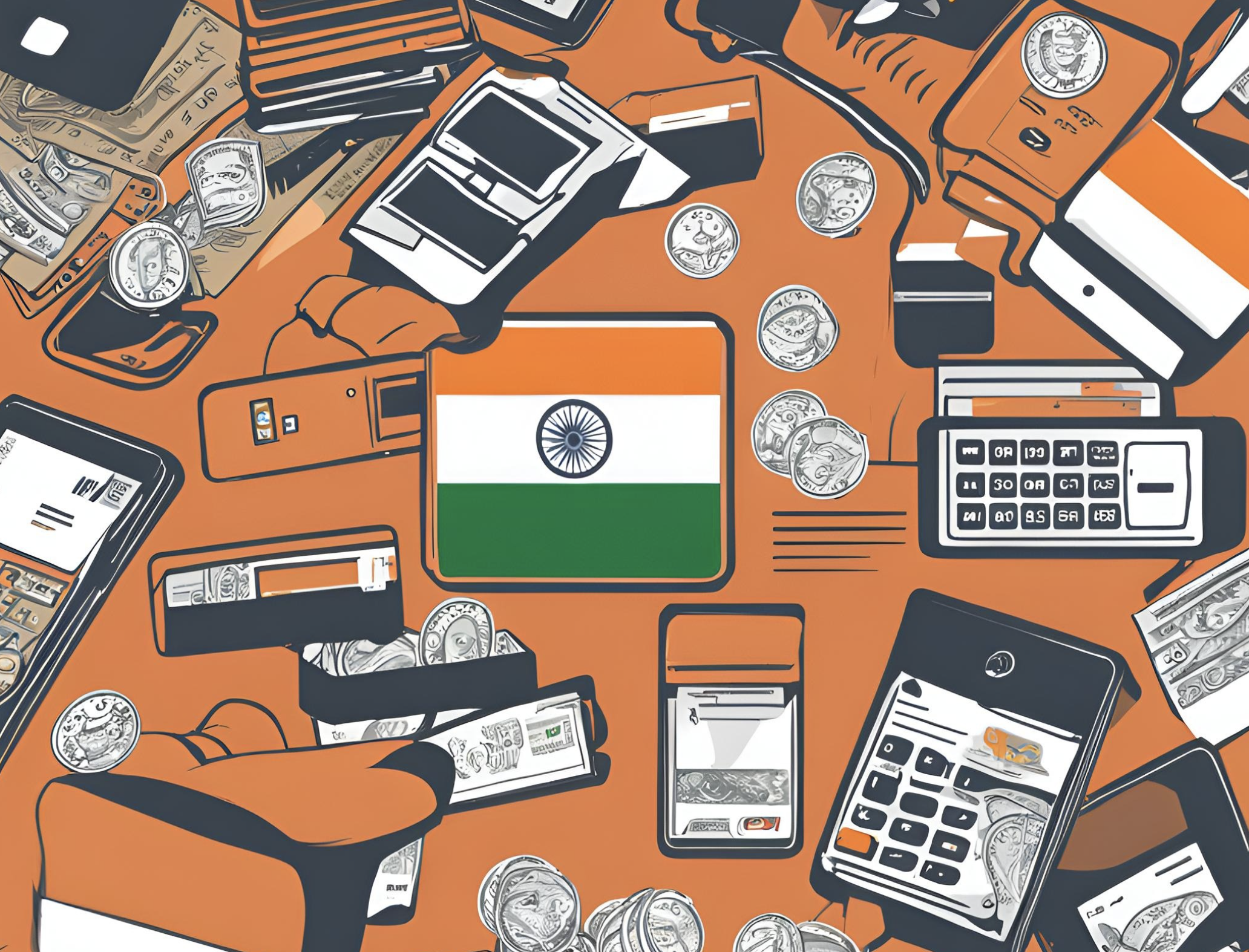Cash to Digital Payments to Subscriptions: A Reflection on India Payments! 🚀
A Reflection on India’s Payment Evolution and How They’re Transforming Our Lives!

India is making remarkable progress in the digital economy, and one key factor driving this acceleration is the payments landscape. Sharing some learnings from the three major trends shaping the payments ecosystem in India. Read on!
Cash is Fading
Growing up in the small, sleepy town of Singrauli, almost all our family’s purchases were made in cash. On fun days, we’d go out to the market, paying everyone with cash—whether it was the autorickshaw driver, the chaat vendor, the sweets shop owner, or the sari store. My parents always carried just enough cash to ensure we neither overspent nor ran out of money during our outings. Cash was king!
E-commerce in India didn’t really take off until Flipkart introduced Cash on Delivery (COD). COD allows people to order products online and pay in cash to the delivery agent after receiving and verifying the product. This option was so crucial that even giants like Uber and Amazon had to adopt it to scale in India. However, things have changed now. I can’t remember the last time I carried cash—or even a wallet!
While India has been gradually moving towards digital payments over the past decade, true democratization occurred with the launch of UPI. UPI is an incredibly simple digital payment method where you scan a QR code and pay via a bank account linked to your phone number. With 14 billion transactions and ₹20 lakh crore processed just last month, UPI is now a force to be reckoned with. In 2023, 60% of retail payments were processed through UPI. This widespread adoption happened due to zero transaction charges, an easy setup process (taking less than a minute), millions of cashbacks from well-funded players, demonetization, and most importantly, COVID-19.
In many parts of India today, it’s unimaginable not to have UPI as a payment option—from five-star hotels to street vendors, QR codes are everywhere. Some of us are now so spoiled that we get annoyed if someone asks for cash -— “Who carries cash these days?”
Pre-Pay vs. Post-Pay
A decade ago, less than 10% of e-commerce transactions in India were prepaid. Today, that number has risen to 37%. This gradual shift has been encouraging. E-commerce platforms have worked hard to build trust with their customers, encouraging them to pay before delivery.
One significant factor driving this trend is the availability of fast, seamless checkout options. Features like one-click pay, buy now pay later, cardless EMIs, pre-filled wallets, and discounts for specific payment methods make it very appealing for customers to complete their purchases. Additionally, a “no questions asked” refund policy has further boosted customer confidence in e-commerce companies.
Subscription or Pay-as-you-use
The third and most significant but unseen trend is the rise of subscriptions. Subscriptions allow you to pay for a service over time as you use it. For buyers, it’s an automatic payment setup using a credit card, UPI autopay, or a NACH mandate. For merchants, it ensures automatic collection of due payments without any effort from the buyer.
It’s remarkable that subscriptions have become so popular in our economy, which relied heavily on cash just a decade ago. Subscriptions have entered our lives in various ways, such as insurance payments, broadband internet, OTT services (like Netflix), utility bills, job platforms (like Naukri and LinkedIn), dating apps (like Tinder and Bumble), music services (like Spotify), milk delivery (like Country Delight), fitness (like Cult), grocery delivery (like Amazon Fresh), news (like Morningcontext), and Mutual Fund SIPs. On average, each household now has over 10 subscriptions.
No wonder NACH auto-debits have become the second fastest-growing payment method (after UPI) in the last four years. UPI autopay has also surged recently, with over 2 crore mandates registered just last month. Let’s explore the reasons behind this trend.
Affordability
Subscription services are like buying small sachets instead of a big bottle. Sometimes, you don’t want to pay for something all at once. Why pay upfront when you’ll be using it over time? What if you’re not sure how long you’ll need it or how much you’ll use it? Subscriptions let you try a service first and then decide if you want to commit further.
Additionally, some services are expensive and hard to afford in one payment. Subscriptions break the cost into smaller, manageable parts, making them more affordable. While you could opt for an EMI (Equated Monthly Installment) option, they have their downsides. EMIs are loans, often with interest, and they usually come with fixed monthly payment schedules, and hard to cancel.
Subscriptions increase the number of potential customers (top-of-the-funnel users) for merchants by making their services more affordable.
Predictability
Subscriptions offer predictable cash flows for both merchants and buyers. Buyers only pay for what they use and can easily cancel or adjust their subscriptions based on their needs. For merchants, subscriptions are an excellent tool for retaining customers. Once a customer is acquired, there’s no need to resell for renewals, which significantly lowers the cost of acquisition. Customers remain as long as they find value in the service.
With predictable cash flows, merchants can budget their expenses better and can even raise credit based on future payments
Why should a subscription be auto-paid?
- Never miss a payment when it’s due (with so many subscriptions in our life, hard to keep track)
- Avoid losing access to a service due to non-payment - bijli band nahi honi chahiye!
- Avoid incurring a late penalty
- Helps lock in a favorable price, which can change with time
Our flagship product, Jodo Flex, is an autopay solution that allows students and parents to pay their fees as and when they are due. We have processed over 4200 Cr covering fees of 5 Lakh+ students.
Auto-paid subscriptions are a no-brainer for merchants offering installment payments. At Jodo, we are leading the way in enabling subscription payments for the Indian education industry. Our flagship product, Jodo Flex, is an autopay solution that allows students and parents to pay their fees as and when they are due. We have processed over 4200 Cr covering fees of 5 Lakh+ students. We are just beginning to scratch the surface of this generational trend.
Stay tuned for more updates on subscriptions and Jodo Flex in upcoming posts!
*From RBI data on payment system indicators.

